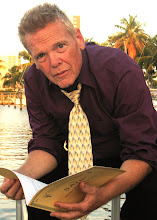
One of the most famous Jewish partisans in WWII was 23-year-old Hannah Szenesh. Hannah had been born in Budapest, Hungary but as a Zionist had emigrated to Palestine before the war. She was one of many Palestinian Jews who returned to Europe to fight the Nazis and organise rescue operations for the Jews still stranded there.

In March 1944 Hannah was parachuted into Yugoslavia along with 30 men and one other young woman. For two months she fought with a band of Yugoslavian partisans, until she reached the Hungarian border on June 7. By then 289 000 Hungarian Jews had already been deported to Auschwitz, but her mission was to help organise rescue for those remaining.
Captured, then imprisoned and tortured to reveal her mission, she never broke, nor requested any mercy or a pardon. Tried and convicted of treason to Hungary, Hannah Szenesh was executed on November 7 1944. Here is her song.... Eli, Eli sung by Regina Spector in Hebrew. We will be singing an English translation.


 Ralph Lalama is a member of the jazz studies faculty at New York University’s Steinhart School. An accomplished saxophonist and clarinetist, he has performed with the bands of Buddy Rich and Woody Herman.
Ralph Lalama is a member of the jazz studies faculty at New York University’s Steinhart School. An accomplished saxophonist and clarinetist, he has performed with the bands of Buddy Rich and Woody Herman. 


